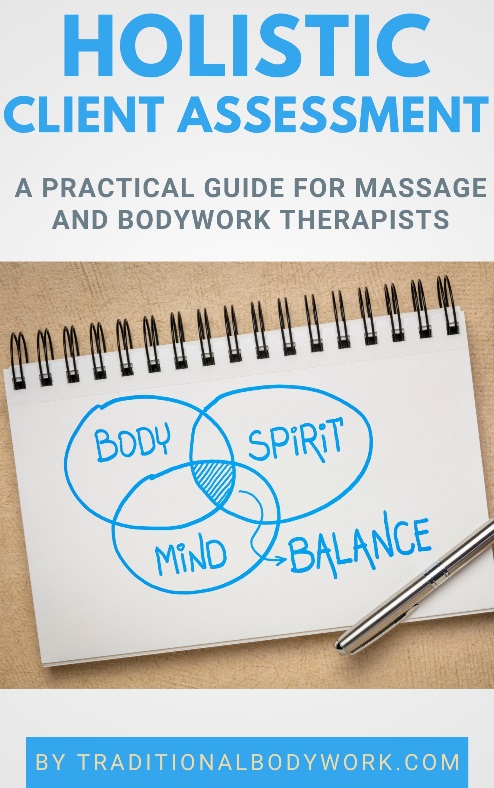
Managing chronic illness is no longer just about prescriptions and routine check-ins. The way healthcare works is shifting—and it’s actually a good thing. People are finally being treated as individuals with unique needs, goals, and preferences. That’s the idea behind patient-centered care—and it’s changing everything.
Chronic diseases like diabetes, high blood pressure, and asthma affect millions of people. But today’s care models are focusing more on communication, trust, and long-term support. This new approach isn’t just more thoughtful—it’s proving to be more effective too.
- Encouraging Shared Decision-Making
Healthcare is no longer a one-sided conversation. People want to understand their condition and have a say in their treatment. That’s why shared decision-making is so important. It helps individuals feel more in control and more committed to following through with care plans. When healthcare providers explain options clearly and ask for input, it creates a real partnership. This collaboration leads to better understanding, fewer misunderstandings, and more successful outcomes in managing long-term health issues.
- Increasing Focus on Prevention and Education
Education plays a key role in long-term wellness. When people understand their condition and how it affects their daily life, they’re more likely to make healthy choices. Prevention isn’t just about avoiding illness—it’s about building habits that reduce flare-ups, hospital visits, and stress. That’s where MSN FNP programs, like the one St. Thomas University offers, come in. The program, designed for working registered nurses who want to advance their careers in primary care, trains nurses to support prevention through counseling, screenings, and follow-ups.
At schools like STU, nurses learn how to guide individuals through diet, exercise, medication, and self-care, especially in underserved communities. It’s education with a purpose and making a real difference. Guided by a mission to provide ethical, community-driven healthcare education rooted in Catholic values, the university also offers additional nursing pathways such as an RN to BSN, MSN in Nursing Education, and Post-Master’s FNP Certificate, making it a flexible hub for long-term professional growth in healthcare.
- Emphasizing Holistic Treatment Plans
Treating a long-term condition isn’t just about physical symptoms. Emotional well-being, lifestyle, and even a person’s environment play a role. Holistic care looks at the full picture and encourages a team approach—sometimes including mental health professionals, dietitians, or fitness coaches. When providers understand the full story, they can suggest care plans that are more realistic and easier to follow. This type of treatment improves health in the long run by supporting the whole person, not just the diagnosis.
- Building Long-Term Provider–Patient Relationships
Trust takes time, and long-term care depends on that trust. When someone sees the same provider regularly, they’re more likely to speak openly, ask questions, and stick to their plan. Strong connections help reduce the chances of confusion or skipped visits. Over time, providers also learn more about the person’s habits, health history, and preferences. That personal understanding leads to better guidance and better care.
- Using Technology for Better Monitoring and Access
Technology is making care more consistent and accessible. With remote check-ins, wearable devices, and mobile apps, people can now track symptoms, medication, and overall health from home. This means fewer missed signs and more opportunities to adjust care early. Quick feedback and digital communication can be game changers for those managing ongoing conditions. It also helps healthcare providers offer support between visits, ensuring small problems don’t become big ones. The result? Better control, fewer surprises, and a more connected care experience.
- Focusing on Preventive Care to Reduce Complications
Managing a long-term illness isn’t just about reacting to problems but preventing them. Catching warning signs early and encouraging healthy habits can stop issues before they start. Preventive care includes screenings, routine check-ups, and consistent education. These steps reduce hospital stays and slow the progression of disease. Making prevention a priority makes the whole care process smoother and more cost-effective. It also empowers people to take charge of their health and feel more prepared for what’s ahead.
- Supporting Family and Caregiver Involvement
Chronic illness doesn’t just affect one person—it often impacts the entire household. That’s why involving family and caregivers is so important. When loved ones understand how to support day-to-day care, it helps reduce stress and improves health outcomes. Simple things like helping with medication, meals, or appointments can make a big difference. Open communication between the care team and family builds a stronger support system, keeping everyone informed and aligned. It’s a team effort, and every voice matters.
- Customizing Care for Diverse Populations
Everyone has different needs based on culture, background, and personal beliefs. Patient-centered care takes these differences seriously. Whether it’s offering materials in multiple languages or being sensitive to cultural preferences, small changes can have a big impact. Personalized care helps build trust and makes individuals more likely to stay engaged in their treatment. It also addresses health gaps and improves outcomes for groups who may have been underserved in the past. Inclusion leads to better care for all.
The way we manage chronic illness is changing—and it’s for the better. Patient-centered care focuses on long-term support, trust, and real partnerships. It’s not just about treating a condition—it’s about caring for the whole person, every step of the way.




















